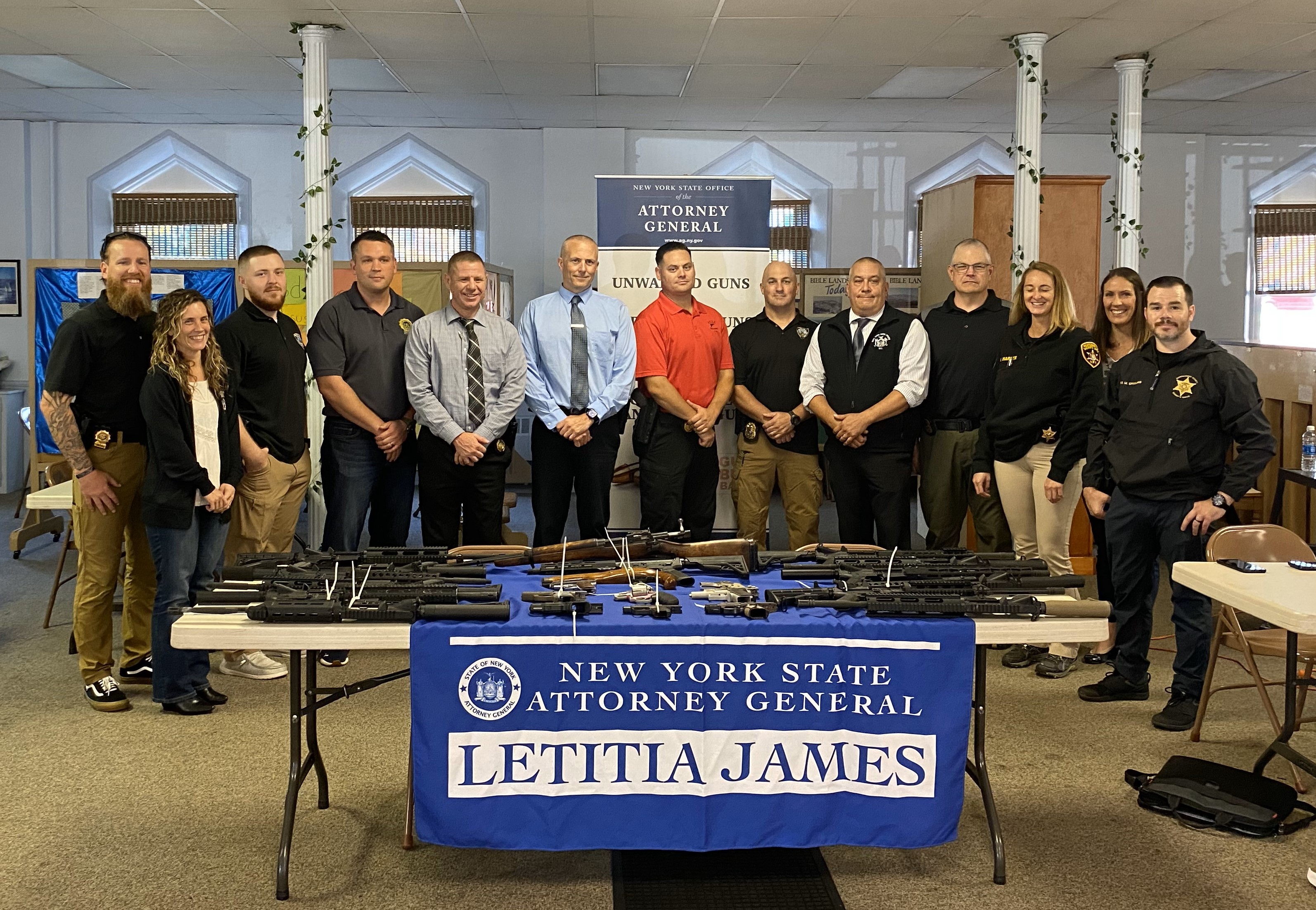A federal jury convicted Ruben Oseguera-Gonzalez, also known as El Menchito, of conspiring to distribute five kilograms or more of cocaine and 500 grams or more of methamphetamine while knowing and intending that they would be imported into the United States, and using, carrying, and brandishing firearms, including destructive devices, in furtherance of the drug trafficking conspiracy, following a two-week jury trial in U.S. District Court for the District of Columbia.
According to court documents and evidence presented at trial, between 2007 and 2017, Oseguera-Gonzalez, 34, led an international drug trafficking organization responsible for importing large quantities of methamphetamine and cocaine from Mexico into the United States. Oseguera-Gonzalez was the second in command of the Cartel de Jalisco Nueva Generación (CJNG), which is based in the State of Jalisco in Mexico. The CJNG is one of the most dangerous drug cartels in Mexico. Oseguera-Gonzalez personally used firearms, destructive devices, murder, and kidnapping to control the drug trafficking organization. Oseguera-Gonzalez also ordered his subordinates to shoot down a Mexican military helicopter so that he could escape capture by Mexican law enforcement.
“El Menchito led the Jalisco Cartel’s efforts to use murder, kidnapping, and torture to build the Cartel into a self-described ‘empire’ by manufacturing fentanyl and flooding the United States with massive quantities of lethal drugs. Fentanyl is the deadliest drug threat the United States has ever faced,” said Attorney General Merrick B. Garland. “El Menchito now joins the growing list of high-ranking Cartel leaders that the Justice Department has convicted in an American courtroom. We are grateful to our Mexican law enforcement partners for their extensive cooperation and sacrifice in holding accountable leaders of the Jalisco Cartel.”
“Ruben Oseguera-Gonzalez pioneered the manufacturing of fentanyl in Mexico to help build his father’s Jalisco Cartel into one of the world’s most powerful drug syndicates. His crimes caused horrific violence and death in the United States, Mexico, and around the globe,” said Deputy Attorney General Lisa Monaco. “This guilty verdict demonstrates that our prosecutors and agents, working with our Mexican law enforcement partners, will relentlessly pursue justice against the leaders of the drug trafficking organizations who destroy lives and poison our communities.”
“As second-in-command of CJNG, Ruben Oseguera-Gonzalez used extreme violence to traffic massive amounts of methamphetamine and cocaine into the United States,” said Principal Deputy Assistant Attorney General Nicole M. Argentieri, head of the Justice Department’s Criminal Division. “His conviction underscores the Criminal Division’s commitment to disrupting and dismantling organizations that manufacture and distribute deadly drugs into our communities. This verdict also sends a powerful message to the cartel leadership: we will work with our domestic and international law enforcement partners to find you and bring you to justice. We are especially grateful to the Mexican authorities for their substantial assistance in this case.”
“This guilty verdict sends a clear message that the DEA will stop at nothing to investigate and dismantle criminal drug networks that threaten the safety and health of the American people,” said Administrator Anne Milgram of the Drug Enforcement Administration (DEA). “As one of the highest-ranking members of the Jalisco Cartel, Oseguera-Gonzalez was responsible for pushing vast quantities of cocaine, methamphetamine, and fentanyl into the United States while engaging in violence, kidnapping, and bribery to build and protect the Jalisco Cartel. I commend the men and women of the DEA Los Angeles Field Division for their outstanding work on this case.”
According to the evidence presented at trial, from 2012 to 2015, Oseguera-Gonzalez oversaw the manufacture of more than three million pounds of methamphetamine in one area of Mexico. In April 2015, Oseguera-Gonzalez personally directed the distribution of over 55,000 pounds of cocaine. According to trial testimony, in October 2013, Oseguera-Gonzalez made plans to “do it big” with counterfeit oxycontin pills—just before the fentanyl epidemic began in the United States. According to witness testimony, the defendant said in 2015 that he was “building an empire with . . . fentanyl.” Oseguera-Gonzalez was arrested by Mexican authorities on local charges in June 2015. He remained detained in Mexico until his extradition to the United States in February 2020. While in prison in Mexico, Oseguera-Gonzalez continued to control the CJNG, negotiating drug transactions and approving the purchase of firearms and destructive devices, including .50 caliber firearms and 40 mm grenades.
Oseguera-Gonzalez personally used extreme violence to grow and control the cartel. For example, when five men owed Oseguera-Gonzalez money for drugs in the United States, Oseguera-Gonzalez violently killed all five men. On another occasion, the defendant shot one of his drivers in the head a close range. In an intercepted message, Oseguera-Gonzalez also described having 13 people tied up—one of whom he decided to release only after the man agreed to make fentanyl pills for Oseguera-Gonzalez.
Oseguera-Gonzalez also amassed an arsenal of weapons. His hitmen, which he called the Special Forces of the High Command, used the weapons to protect him and help him escape capture by Mexican authorities. For example, on May 1, 2015, the defendant’s hitmen—acting on Oseguera-Gonzalez’s personal orders—shot down a Mexican armed forces helicopter while 18 soldiers and police were on board. At least nine people on board the helicopter died as a result of Oseguera-Gonzalez’s order. Oseguera-Gonzalez’s men used an Iranian-made rocket-propelled grenade and a .50 caliber belt-fed firearm to shoot down the helicopter. Both weapons were painted with “CJNG” and a pixel camouflage pattern unique to Oseguera-Gonzalez’s hitmen.
Less than two months after escaping capture, Oseguera-Gonzalez was arrested in Jalisco, Mexico. When he was surrounded by soldiers and police, he brandished an assault weapon and grenade launcher, demanding to be released because he was a member of the CJNG. The weapon Oseguera-Gonzalez used to threaten police bore the same pixel camouflage pattern and was emblazoned with CJNG and Oseguera-Gonzalez’s nicknames: Menchito, 02, and Jr.
Oseguera-Gonzalez faces a mandatory minimum penalty of 40 years in prison and a statutory maximum penalty of life plus 30 years in prison. A sentencing hearing is scheduled for Jan. 10, 2025. A federal district court judge will determine the sentence after considering the U.S. Sentencing Guidelines and other statutory factors.
The DEA Los Angeles Field Division investigated the case with the assistance of the U.S. Marshals Service. The Justice Department’s Office of International Affairs provided critical assistance in securing the extradition of Oseguera-Gonzalez and in obtaining important evidence for the trial. The Criminal Division’s Office of Enforcement Operations provided significant assistance. The Justice Department thanks Mexican authorities for their assistance in securing the extradition of Oseguera-Gonzalez and in securing evidence and testimony presented in court.







